Help with plumeria / frangi I.D.
Kerrie Chapman
8 years ago
last modified: 8 years ago
Featured Answer
Sort by:Oldest
Comments (28)
Kerrie Chapman
8 years agoRelated Discussions
Help with plumeria please!
Comments (4)Maryanne, If you do nothing, you will lose the plant. Rot coming down from the top and up from the bottom will eventually kill it. I would cut off the tip as far down as the rot, and continue down until you see clear, white wood. Then, I would cut off the bottom section at the top of the rot coming up, and again cut the good section you have removed until you have clear, white wood. Hopefully, you will have a clean section that is long enough (about 18cm or more) to root as a center cut. Treat the cut ends with a fungicide and allow the cut section to callus over for about a week or so, and then pot it in fast draining mix with the old leaf scars looking like a smile. Water it once and put it on a heat mat under grow lighting and see if it will root for you. If you don't have a heat mat/grow lighting, you should keep it indoors in a warm spot near a sunny window. Don't water again until leaves form, and then water sparingly. It may take a while for leaves to develop. Watch for signs of rot. Good luck. Mike...See Morepossibility of halping me start ?? growing frangi's in my garden
Comments (4)Welcome to the forum Vic. A good place to find seeds and cutting for a low price is ebay. I have bought seeds from the seller cuckooznest multiple times and he always sends extra. hawiiasally is a good one for cuttings. I know there are other good and trusted ones too, can't think of them at the moment. Also, a good place to start your seeds and cuttings are in pots. All the ones I have planted outside froze last year, even though I covered their tips with socks and then covered them with blankets. I'm in the Tampa area so have about same temps as you. There is a lot of information for you on the forum about growing plummies. Lauri...See MoreI.D. help .......again
Comments (7)They are beauties, but I donÂt recognize them. For a moment, I thought your first one might be a variety I have, but when I looked at my pictures, they are not the same. Here are some sites that might help you identify them. http://plumeria.digitaltexas.com/galleries/gallery.asp?categoryid=1 http://www.flickr.com/photos/plumerias/sets/72057594080660346/ http://www.mauiplumeriagardens.com/encyclopedia/ http://www.flickr.com/photos/lopaka/sets/72157594501128141/...See MoreAnyone willing to help a Canadian plumeria addict with shipping
Comments (1)sent you an email...lmk your thoughts -stephen...See Morehalocline
8 years agoKerrie Chapman
8 years agolast modified: 8 years agohalocline
8 years agoKerrie Chapman
8 years agolast modified: 8 years agolbinupland_zone_9
8 years agoKerrie Chapman
8 years agolast modified: 8 years agolbinupland_zone_9
8 years agoKerrie Chapman
8 years agolast modified: 8 years agotapla (mid-Michigan, USDA z5b-6a)
8 years agoKerrie Chapman thanked tapla (mid-Michigan, USDA z5b-6a)Kerrie Chapman
8 years agolast modified: 8 years agoDave in NoVA • N. Virginia • zone 7A
8 years agolast modified: 8 years agolbinupland_zone_9
8 years agoKerrie Chapman
8 years agolast modified: 8 years agojedobaTX9b
8 years agolast modified: 8 years agoDave in NoVA • N. Virginia • zone 7A
8 years agoKerrie Chapman
8 years agolast modified: 8 years agolbinupland_zone_9
8 years agoKerrie Chapman
8 years agolast modified: 8 years agojedobaTX9b
8 years agolbinupland_zone_9
8 years agoKerrie Chapman
8 years agolbinupland_zone_9
8 years agojedobaTX9b
8 years agoKerrie Chapman
8 years ago
Related Stories
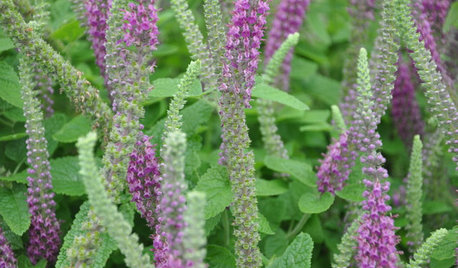
FEEL-GOOD HOME9 Smells You Actually Want in Your Home
Boost memory, enhance sleep, lower anxiety ... these scents do way more than just smell good
Full Story
HOUSEPLANTSIndoor Winter Gardens for Cheerier Days
Bring plants inside for drab-days mood boosting — not to mention cleaner indoor air and protection for your greenery
Full Story
LIGHTING10 Chandeliers for People Who Don't Like Chandeliers
Get all the chandelier benefits without channeling Liberace, thanks to wood, paper, wire — and even a surprising old-fashioned staple
Full Story
HOUZZ TOURSHouzz Tour: Thrifty TLC Transforms a Beach Bungalow
A California architect finds ‘the perfect mix of potential and a dump,’ and gets right to work
Full Story
COLORBedroom Color: The Secret to More Sex and More Sleep
Look to surprising revelations about bedroom wall colors to get more of what you want
Full Story
SPRING GARDENINGTop 10 Scented Plants for Your Garden
A palette of perfumed plants can transform even the smallest of gardens into a sensory delight
Full Story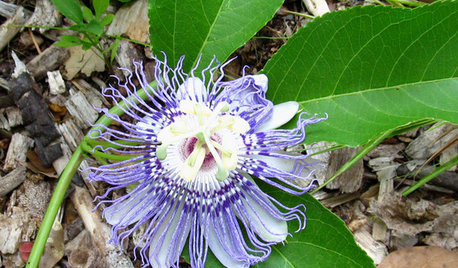
GARDENING GUIDESGreat Design Plant: Passiflora Incarnata
Enjoy the amazing flowers and edible fruit of U.S. native Passiflora incarnata (also known as maypop) — the butterflies sure do
Full Story
LANDSCAPE DESIGN13 Extra-Cool Things to Do With a Backyard
Sure, you could just plop down on a blanket. Or you could create a dragon’s lair, a mosaic gallery, a party in a jungle ...
Full Story
DECORATING GUIDESSo Your Style Is: Tropical
Easygoing and natural with an exotic allure, rooms designed with a tropical feel exude warmth and graciousness
Full StorySponsored
More Discussions



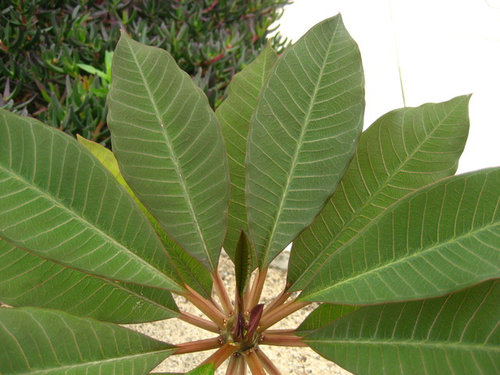
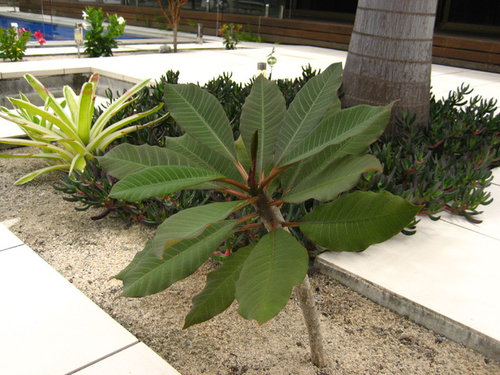
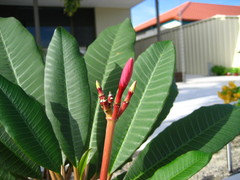
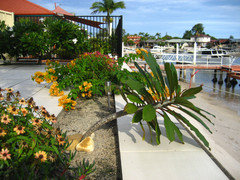
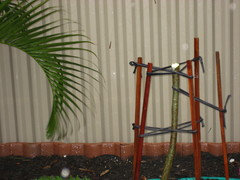
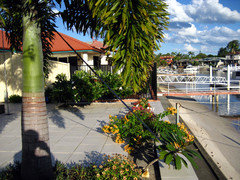

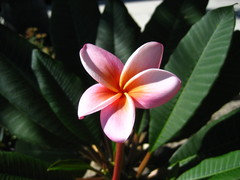

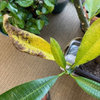
jedobaTX9b